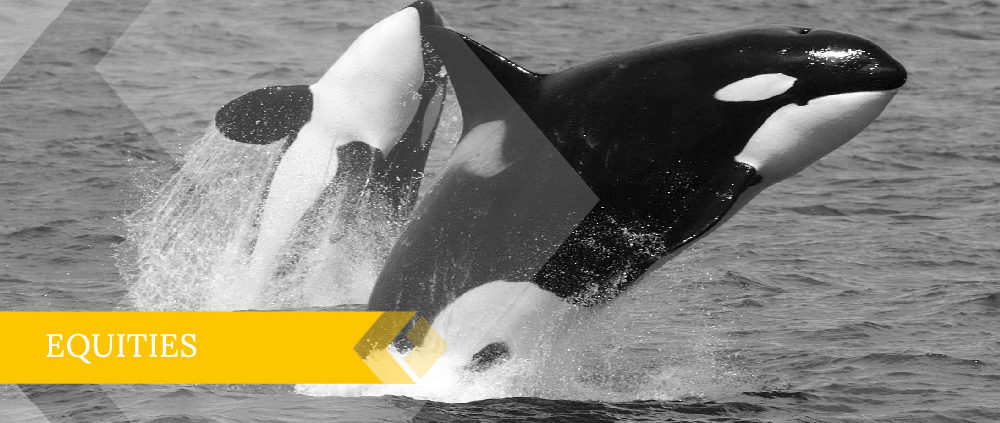By – UK Value Investor
My latest FTSE 250 valuation and forecast could be a bit of a damp squib because neither the valuation nor the forecast capital gains are particularly exciting (how’s that for an enticing opening paragraph?).
As usual I’m going to use Robert Shiller’s cyclically adjusted PE ratio (CAPE) as the valuation tool of choice, because it’s both easy to calculate and has a proven track record as a forecasting tool.
If you’re not familiar with it, CAPE is just the ratio between today’s price and the inflation-adjusted ten-year earnings average. It’s like the standard PE ratio, but better.
FTSE 250 CAPE valuation remains close to fair value
Here’s a quick review of how I think about CAPE valuations:
- Fair value for an index is the price at which CAPE equals its own long-term average value
- When CAPE is above or below that long-term average the index is, to varying degrees, either expensive or cheap, respectively
- A “bubble” valuation occurs when CAPE is more than double its long-term average
- A “depression” valuation occurs when CAPE is below half its long-term average
In terms of the FTSE 250, its long-term average CAPE is around 20. That means:
- A bubble valuation occurs when CAPE is 40
- A fair valuation occurs when CAPE is 20
- A depression valuation occurs when CAPE is 10
The chart below shows the FTSE 250 and its CAPE ratio going back to 1993. The coloured bands represent different levels of cheapness or expensiveness, going from very cheap (green) through normal (yellow) and on to very expensive (red).
With the FTSE 250 currently close to 17,100 it has a CAPE ratio of 22.3. Although that CAPE value is slightly above its average value of 20 it is still fairly close to average. As a result, the FTSE 250 sits within the “normal” yellow band in the middle of the valuation rainbow.
This means that the FTSE 250 is currently very close to fair value.
Another indicator of the fairness of the FTSE 250’s current level is its dividend yield. The yield is currently 2.7% which is a very normal and average value for this index.
No capital gains expected over the next year for the FTSE 250
Knowing a market’s valuation ratio is interesting, but a more practical use for CAPE is to use it to forecast an index’s future returns.
Obviously we can’t actually know what the market is going to do over the next year, but I think it’s possible to come up with a reasonable estimate of what it might do, under normal conditions (whatever that means).
My forecast is based on the assumption that the market CAPE will gravitate back towards its long-term average (fair) value by halving the current valuation gap over the next year.
So for this forecast I’m going to assume that:
- The FTSE 250’s CAPE ratio will change from today’s 22.3 to 21.2 a year from now. That’s halfway back towards 20 and means that the index’s price is expected to decline by about 5.2% relative to its cyclically adjusted earnings
- The FTSE 250’s cyclically adjusted earnings will grow in line with their historically average growth rate, which is about 5.5% per year
Those two more or less cancel each other out and the net result is that the FTSE 250’s forecast value for April 2017 is 17,100.
That’s virtually spot-on where it is today, which is nothing more than a coincidence (although not a happy one given its implication of zero expected capital gains).
Of course the FTSE 250 won’t actually be at 17,100 in a year’s time, but if I had to place a bet on where it would be, that’s the number I would choose.
Using stock market forecasts in the real world
Before I wrap up, I just wanted to say a little something about using forecasts in the real world.
The point of this forecast isn’t to actually try to work out where the index will be a year from now. That is just not possible.
The point is to get a feel for the likely future value of the index and therefore its returns over the next few years.
You can be pretty sure that while the FTSE 250 or FTSE 100 may or may not reach fair value this year, they will almost certainly be at fair value at some point in the next few years.
So if fair value is 20% or 30% below today’s price, it’s likely that the index will be at that lower level at some point, and investors should be prepared for that sort of downward move.
On the other hand, if fair value is far above today’s price then it’s likely that the index will move up to that fair value, given enough time.
The FTSE 250 is currently somewhere in between; neither expensive nor cheap, but close to fair value. I guess we should be pleased that the index isn’t dangerously overvalued, but at the same time exceptional returns from the mid-cap market should not be expected.
SOURCE: UKValueInvestor.co.uk




